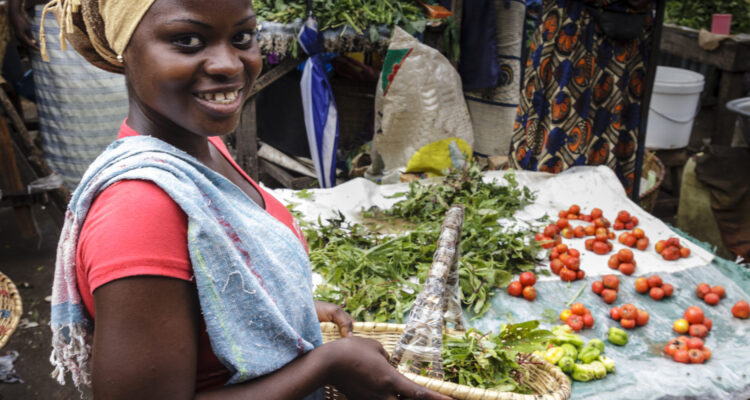I ended up in Senegal purely by way of circumstance. I had no intention of visiting the country when I left London; instead, I had booked a trip to The Gambia.
I try never to “demonize” developing world countries. I save my loathing and disgust for the developed world — well, for a select two countries actually, as any of my friends know. So, let’s just say, The Gambia really wasn’t my bag, but, hey, that’s why they make 160 flavors of ice cream (or whatever the saying is).

I’m not judging, but after five days of watching British female sex tourists mauling impoverished young men and boys, I decided to get the hell out of dodge. (Just to clarify, I feel just as uncomfortable with male sex tourism in the Philippines, Thailand, etc. I’m totally equal opportunity on the subject.) So, I hired a driver and crossed the border into Senegal.
Some people say it’s all about the “journey” and not the final destination. But, thankfully, I don’t live in Los Angeles anymore, so I don’t have to listen to all that meaningless bullsh**. And, in this situation, it was all about the final destination — although I will admit that the drive there was pretty rad.
I fell head over heels in love, and here’s why I fell in love with Senegal — and why you might too.

The thinking
I’ll start by acknowledging that this is problematic — to say the least; however, it made a lasting impression.
We passed through many tiny villages during the drive to Dakar, with women working in the fields. They were dressed in beautiful, bright, and vibrant Boubous, with colorful, majestic Moussors wrapped around their hair and children in papooses strapped to their backs. It was immediately apparent that it was only women who were laboring in the boiling heat. I looked to the right and noticed all the men sitting in the shade on dusty stoops in the village, smoking and talking.
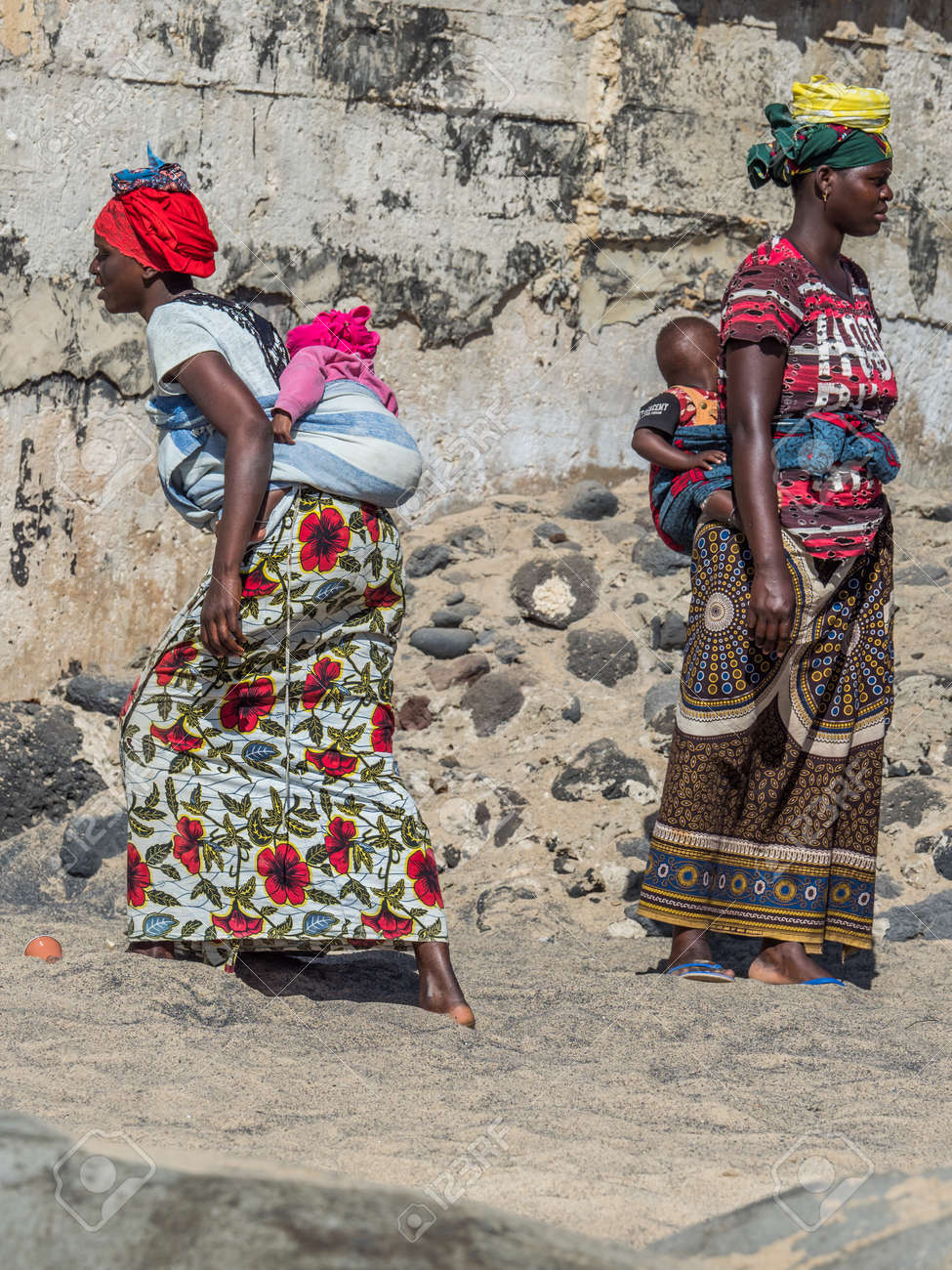
I asked my driver why only women were working the fields and looking after the children at the same time. What are the men doing? “They are thinking,” he replied, with a laugh and a wide, toothy grin.
Ah yes, that centuries old “man thinking” thing.
The Teraanga
Senegal is known as “The Land of Teraanga” — a word that roughly translates as “hospitality” but encompasses so much more. I’ve been fortunate enough to have traveled extensively throughout Africa. Although everywhere I’ve visited has been warm and welcoming, nowhere has come even close to Senegal.

The Senegalese don’t just view teraanga as a way of life; it’s a value that’s fully embraced and embedded in the culture. It’s evident in their kindness, generosity of spirit, huge hearts, and beautiful souls. Their willingness to share what little they may have with all and anybody — even total strangers — regardless of race, nationality, or religion. The people of Senegal are giving, almost to a fault — they will literally give the shirt off their own back to help somebody in need.

Being born and growing up in a privileged, rich, and developed world country, it’s striking and humbling to encounter such unbridled benevolence. More than a third of the 15.4 million Senegalese population live below the poverty line, and 75 percent live in chronic poverty.
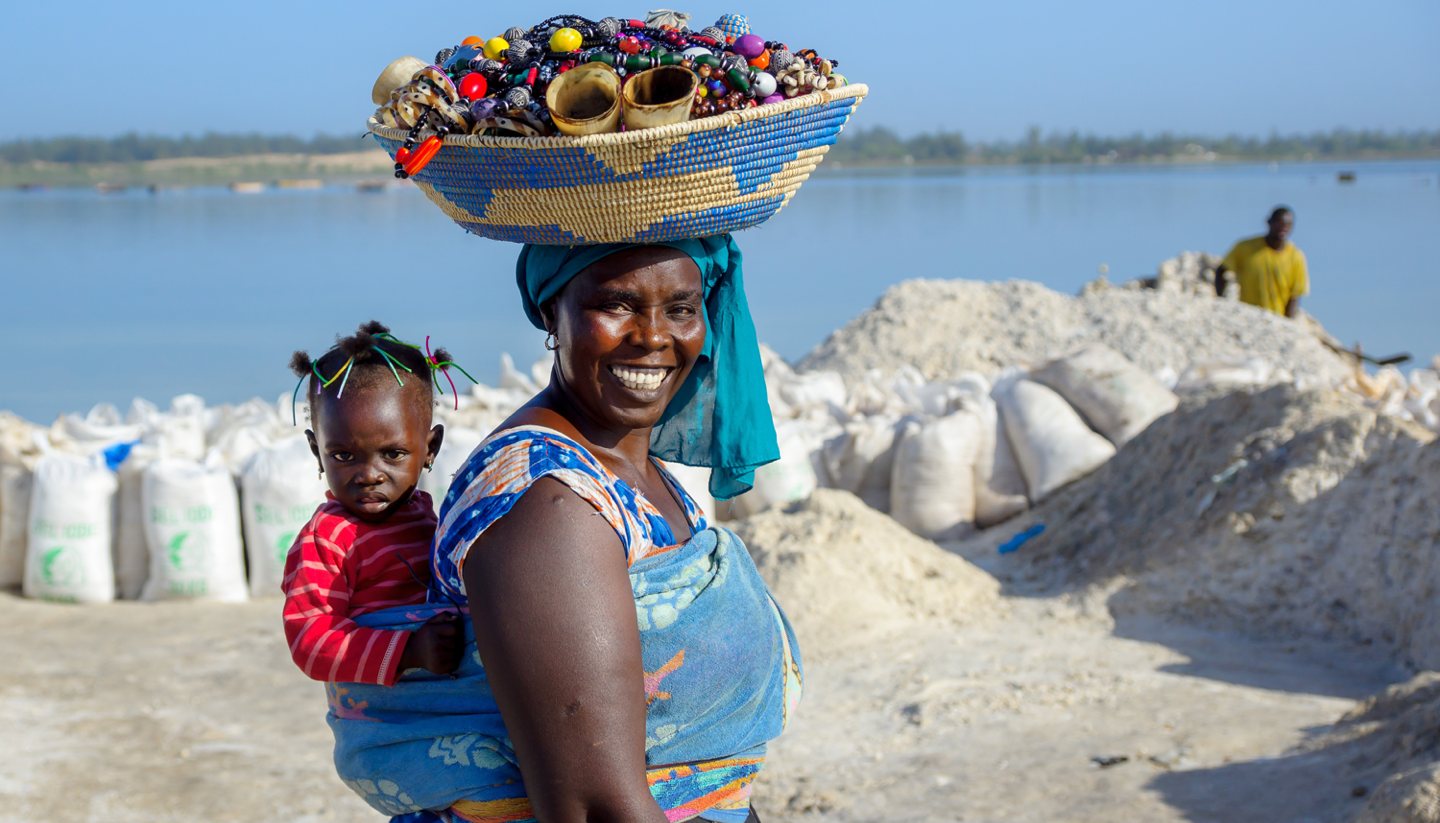
However, when we stopped for a drink in a village, curious locals immediately welcomed us, eager to know who I was and why I was there. A striking, tall, and regal-looking woman invited me into her home. She insisted on giving me a bowl of the hot and spicy tchep that was bubbling in a huge pan over burning wood. My driver told me it would be insulting to offer her any kind of payment. Luckily I had coloring books and crayons with me that I had planned to donate to a school. I gave some to the children, and it was like Christmas, Hanukkah, and Kwanza had all come at once.
The kids
Growing up not having to worry about starvation, surrounded by greed, consumerism, and the evils of capitalism — as a foreigner, you can fall into the trap of “romanticizing” poverty. Which, let’s face it, is just dumb — because there’s absolutely nothing romantic about being subjected to the exhausting and debilitating daily grind of living in poverty.

Photo by Maxine Page.
However, it’s hard to escape the fact that the kids in Senegal — as in other African countries — derive such levels of joy from the simplest of things. Sure, it’s about expectations and available resources, and let’s be realistic: if they were offered even a smidgen of the high tech toys, computers, games, bikes, electronics, candy, and other things that kids in the developed world take for granted, they would undoubtedly be in seventh heaven. But, because of the random card they were dealt at birth, the vast majority don’t even dream of playing the next big X-Box Series X game. So they make do with what they have.
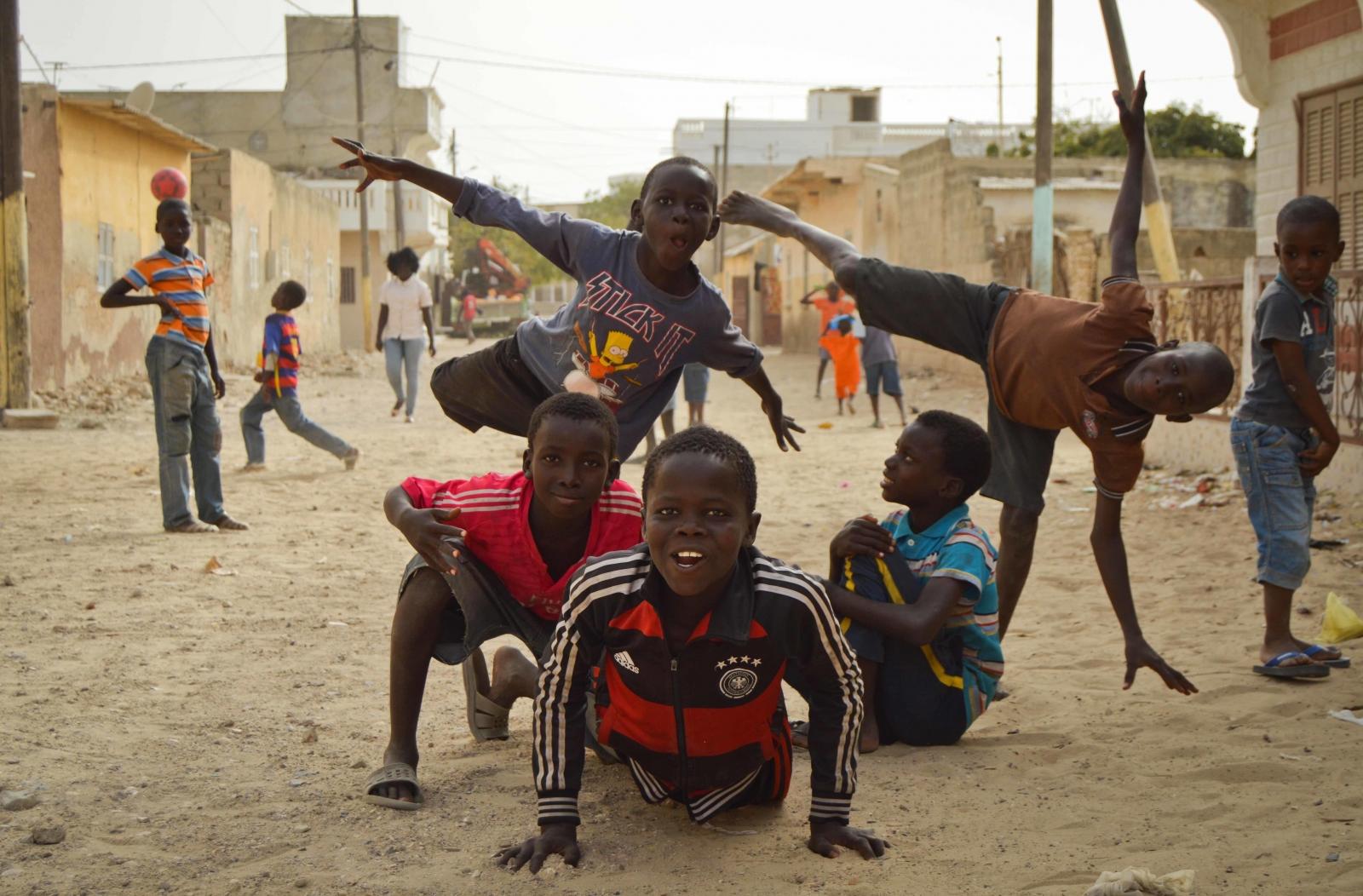
Sitting outside of a dibiterie overlooking the ocean in Dakar, I watched a group of boys playing football on the beach. Their T-shirts and shorts were ragged and hung off of their tall, skinny bodies. They were barefoot and didn’t even have a football to kick about. Instead, they were playing with an empty plastic container. But they could have been decked out in the fancy Real Madrid kit and latest Air Jordans, and I doubt they could have been any happier.
Another little boy came over to say hello. He was holding a beaten-up Sony walkman and wearing its plugged-in old-school headphones. I asked him what he was listening to, and he handed me the headphones, giggling. I put them on. There was nothing but silence. A couple of tourists had given the walkman to his older brother years before. It had a Michael Jackson cassette tape inside. But, once the batteries ran out, there was no money to replace them. However, he loved to carry it still and create his own music to dance around to.
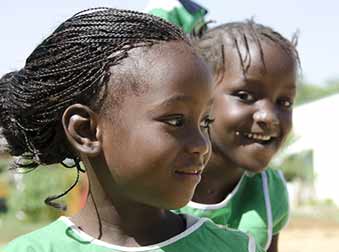
It’s impossible not to love and be charmed by Senegalese kids, even for somebody like me, with a withered blackened heart and as far from a “child person” as you can get.
The Food
Dakar is a city that really takes food seriously.
Cheap baguettes hawked from the side of a sandy little side street. Semi-dilapidated beach bars selling sizzling, pungent ginger shrimp fresh from the ocean. Smoke-filled dibiteries serving piping hot and mouth-watering grilled sheep.

A myriad of street food stalls and maze-like markets. Grandmas cooking up delicious plates of mystery food, straight from their kitchen to make-shift little “restaurants” set up in their living rooms.
But, best of all? You can taste that it’s all been made with love.
The beauty
Senegal spans a large area carved out of the Sahel — the transitional realm between the Sahara and the Sudanese savanna. The country is relatively small (ranking 34th in African countries), but it’s packed with diverse destinations and natural beauty.
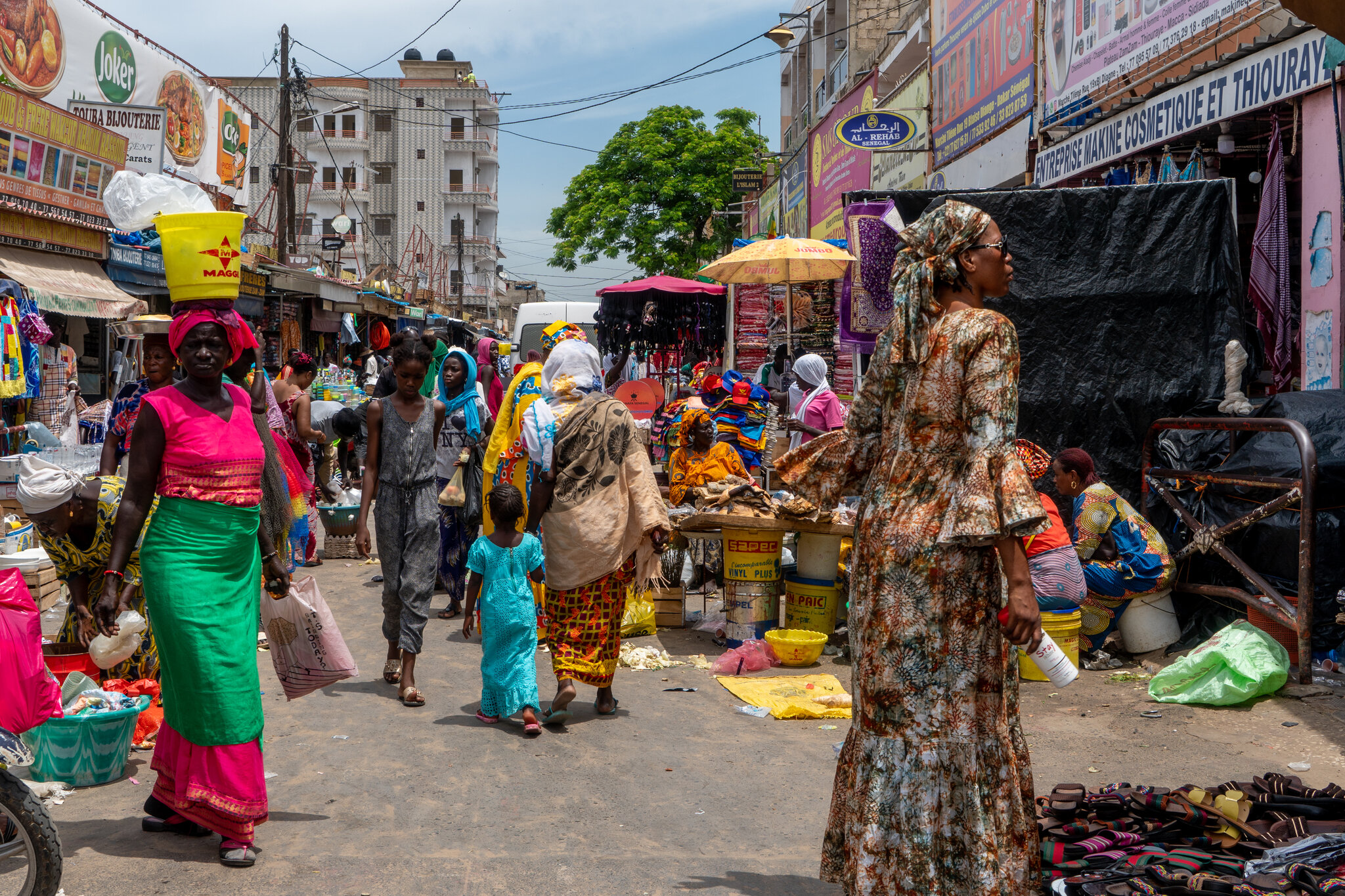
There’s the gloriously chaotic and energetic capital city of Dakar. The green, lush Guinean Forrest — boasting mangroves, wetlands, woodlands, and winding riverways, teeming with West African Manatee and bottlenose dolphins. The Retba Lake, a tranquil and cozy lagoon filled with shimmering, bright pink water.
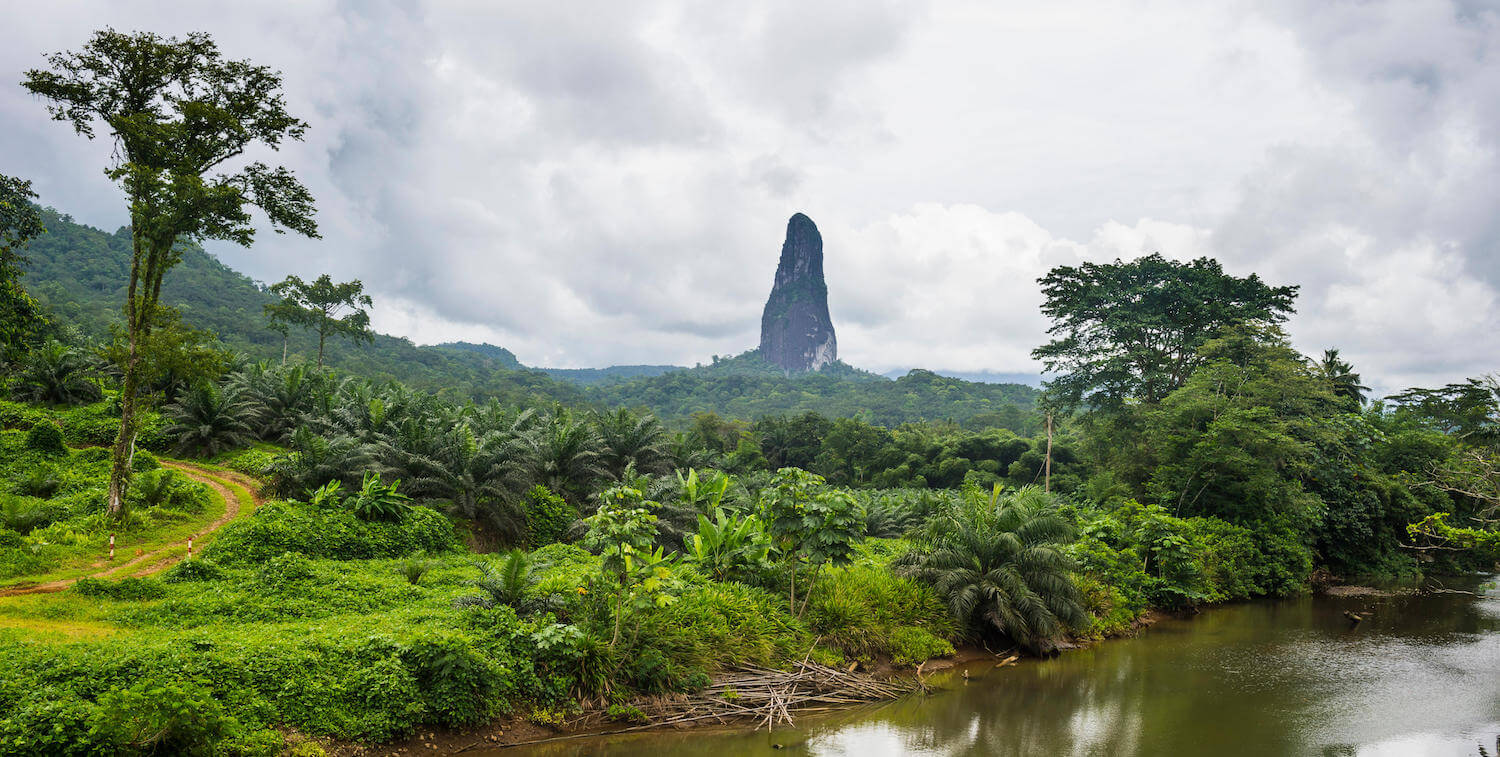
There are multiple wildlife reserves to take a safari and spot antelope, monkeys, giraffes, rhinos, ostriches, flamingos, jackals, and hippos. If you’re super lucky, you might even see an elephant or a lion. However, both are in grave danger of extinction. Sadly, there are only 50 lions left in Senegal. The elephant population has been so severely diminished thanks to the illegal ivory trade that there’s only an estimated 5 – 10 left in the entire country.
There’s the meandering Gambia river to take a lazy boat ride along while watching crocodiles basking on the banks. The bustling Saint-Louis ports, lined with boats and surrounded by old and crumbling but still majestic French colonial architecture.
Oh, and there are the 330 miles of spectacular, white-gold sand beaches that hug the country’s coastline. Lounging in a hammock under the African sun, surrounded by swaying palm trees, listening to the gently crashing waves.
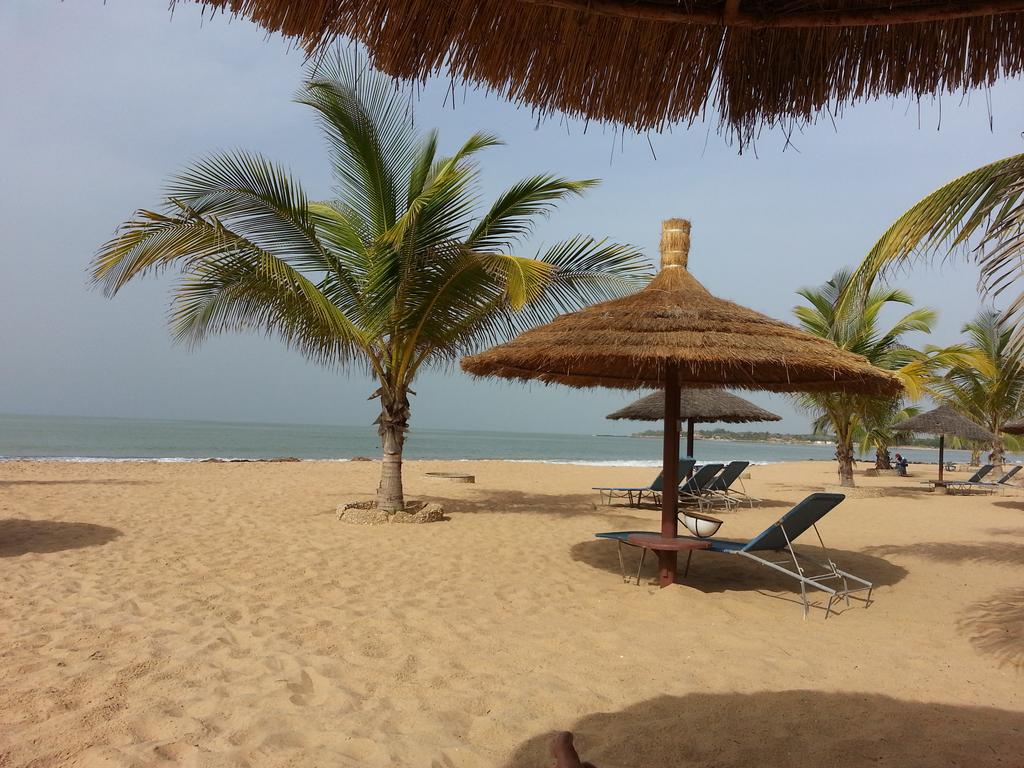
Seriously, how can you NOT fall in love with Senegal?

